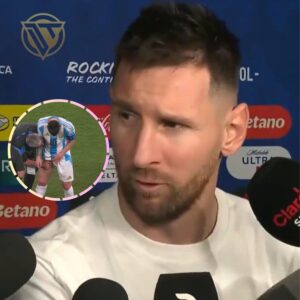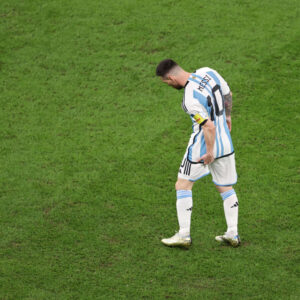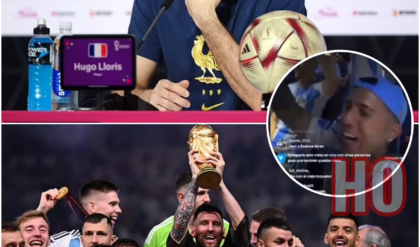The Argentine star played the 90 minutes of the victory against Chile, but, on repeated occasions, he was seen holding the back of his leg, especially the hamstring. Expert analysis of Infobae and the possible scenarios that await the captain of the National Team
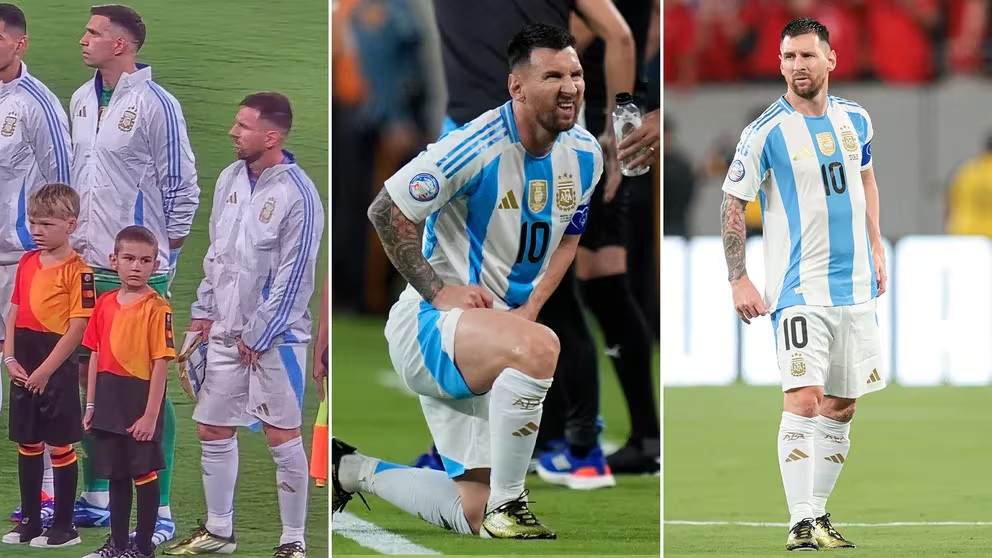
The Argentine team beat Chile and qualified for the quarterfinals of the Copa América . However, concern alarms went off, since captain Lionel Messi came out with an injury and was seen stretching on more than one occasion during the match.
“Now I’m going to see. It bothers me a little. I was able to finish playing, I hope it’s nothing serious,” Messi emphasized after the match. And he continued: “It was out of nowhere. I’ve had a sore throat and fever for a couple of days , maybe that took its toll on me today too. But it’s not something old or something I had, just a contracture . We will see”.
A review of the situation: turned on the right side, the Diez suffered a foul from the Chilean player Gabriel Suazo and got up with notable gestures of pain. Immediately, he was treated by the Albiceleste medical staff and continued on the field. He was later seen stretching and touching the back of his leg, near his groin and hamstring, until the end of the first half.
However, before the start of the game, when the players were preparing to sing the anthem, the captain grabbed the same part of his leg, as illustrated in one of the images found in this article. Infobae consulted specialists to retrace the possible scenarios that await the Argentine star.

First of all, cardiologist and sports doctor Norberto Debbag (MN 51320) explained: “It could be the adductor, since the hamstring, that is, the back, was not. In the case of the adductor, if he did not ‘puncture’ it and if he did not feel the sensation of being hit by a stone, it is possibly loaded, like a contracture. The muscle was a little hard and that improves with stretching, physical therapy and some relaxing medication.”
“If Messi felt a sharp pain or a stone hit him, and he had a very specific pain, an ultrasound would have to be done, although an MRI could be done , which is more specific. If not, at least the ultrasound can show if it is a tear or a grade one strain, which is something minimal. This study will also show if the muscle is overloaded, comparing it with the thigh on the opposite side,” Debbag added when asked by Infobae.
According to the expert, “it may be a muscle overload, which is not a rupture or anything, but rather the muscle is contracted. In that case, physiotherapy, muscle relaxants and stretching are needed. Subsequently, we have to see the evolution, if the player felt that puncture or if he continues to be in a lot of pain.”
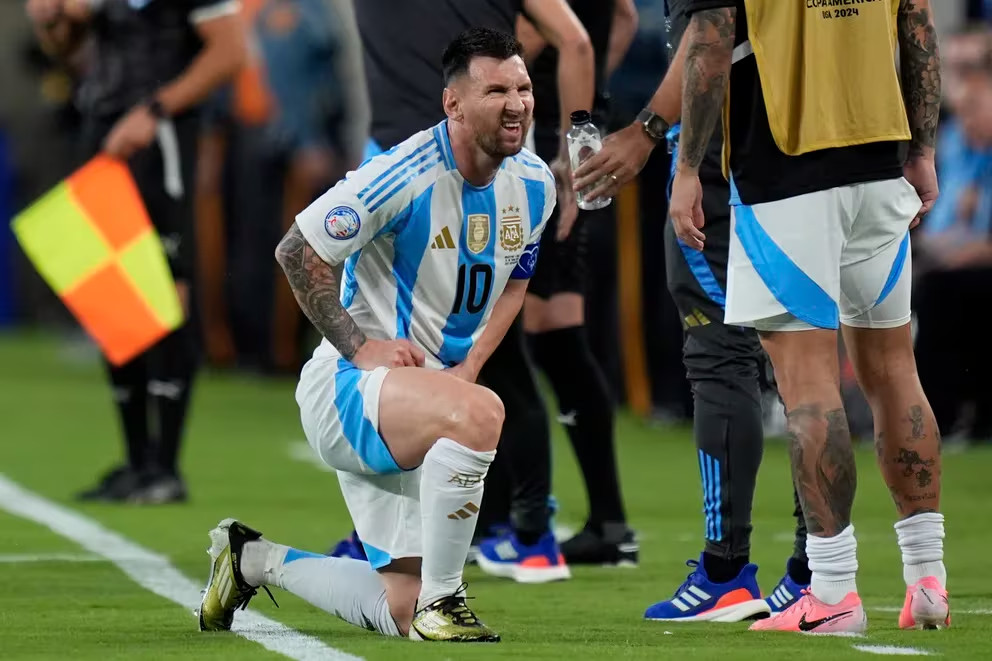
“It can be an overload. The worst that can happen is that it has a small tear, but I’m more inclined to overload it. If it hurts specifically in one place, you have to do an ultrasound and an MRI,” Debbag considered.
For his part, Claudio Croci , a doctor specializing in sports medicine (MN 87753), analyzed in dialogue with Infobae : “It would be the adductor area or the vastus medialis of the quadriceps. If it was due to a blow, great, because he will surely recover. What did catch my attention is that, if it is a blow, it is strange that the kinesiologist and the doctor are massaging it, because usually in these cases it becomes cold and nothing more; Furthermore, the player himself does not want to be touched and medically it is not good, because a greater injury can be caused in the event that there is a strain or tear.”
“Regarding whether Messi had a flu or a virus before the game,” Croci added, “that can cause muscle injuries. Respiratory or viral pathology can cause it, but sometimes the medications used for treatment can also cause some type of injury.”
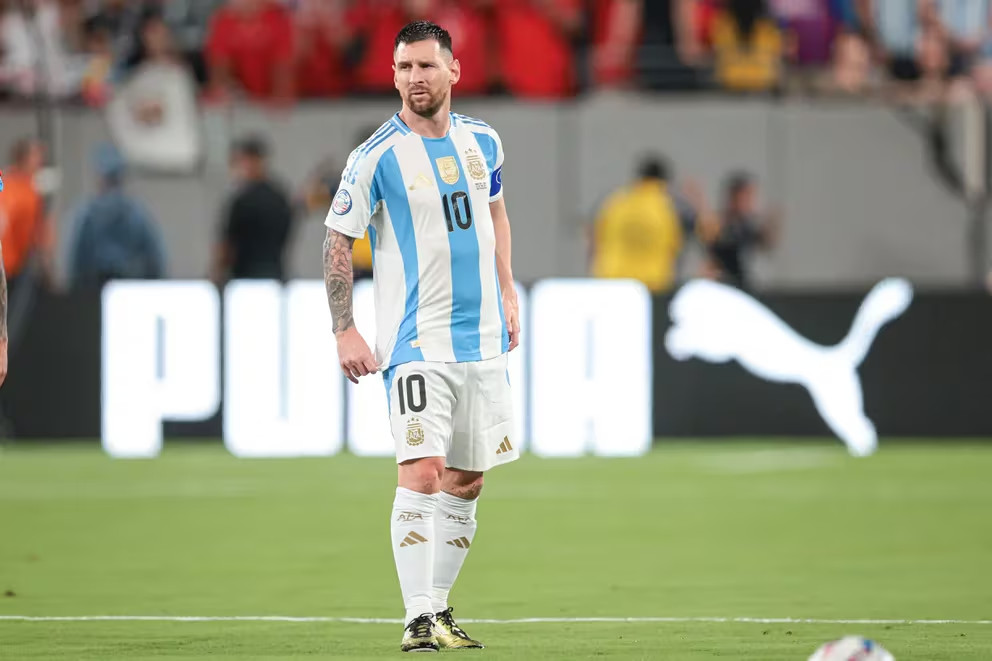
According to the specialist, “if it was a contracture, he should be fine today, after some anti-inflammatory medication. It would be necessary to see how she was working this day. If you have a tear, it’s 21 days. If you have a strain, it will take 12 to 15 days. In any case, a point in favor is that after the play of the shot, he ran a spike and finished at the goal, which may indicate that there is something in the adductor, because if it were directly in the quadriceps, the shot at the goal would be almost impossible”.
“The diagnosis will be made with an ultrasound. It will surely be performed by Dr. Alejandro Rolón, who is part of the national team and one of the best specialists in diagnostic imaging in the country. It doesn’t feel like it’s anything serious, because otherwise, I wouldn’t have been able to finish the game. Yes, it could be a muscle strain . In any case, coach Lionel Scaloni warned that he is going to make some changes for the next game, since the national team is classified,” Croci said.
It should be remembered that, after the end of the match against Chile, Lionel Scaloni was consulted about the captain’s gestures of pain. “I didn’t speak with Leo after the game. He ended up playing. He did the race with Ángel (Di María) and Lautaro (Martínez) for 50 meters and it is the last image I have. I can’t say more because I didn’t see them,” he said. While the Scaloneta goalkeeper, Emiliano “Dibu” Martínez , emphasized: “His adductor was a bit stressed . ”

In turn, consulted by Infobae , Sergio Porporatto , a doctor specializing in sports medicine, pointed out: “In athletes like Lionel Messi, that area of the leg suffers many sudden changes in extension, elongation and flexibility movements. What he was stretching looked like the adductor. We will never know at a glance what type of injury it is, but generally these athletes have a lot of intelligence to know what injuries they are and whether they are capable of continuing or not. Apparently it has to be a muscle injury: a strain or contracture. We have to continue seeing what is best to do as the studies progress.”
“Regarding contracture, it is a condition in which the muscle contracts involuntarily and sustainably, first producing pain and then limitation of movement. Because? Because the muscle tries to defend the area to avoid further injury. Generally, at that moment, what the player does is reduce the range of mobility of the joint, and because of the stiffness that it produces, performance usually decreases, and you will see him stretching, applying cold and massaging himself,” he stated. Porporatto.
And he added: “The condition of cold or fever obviously predisposes to muscle injuries. The mechanism is because, since there is a higher temperature in places where there should be no circulation, this causes the blood or circulatory flow to be diverted to other parts that are not the muscles. In addition, there is an exaggerated increase in the inflammatory torrent of inflammatory cells, which generates an increase in possible injury.”
“I imagine that the time will be as short as possible, but this type of athlete takes great care not to get ahead of himself and cause progressive injuries that persist over time. So, today talking about times is hasty,” Porporatto warned.
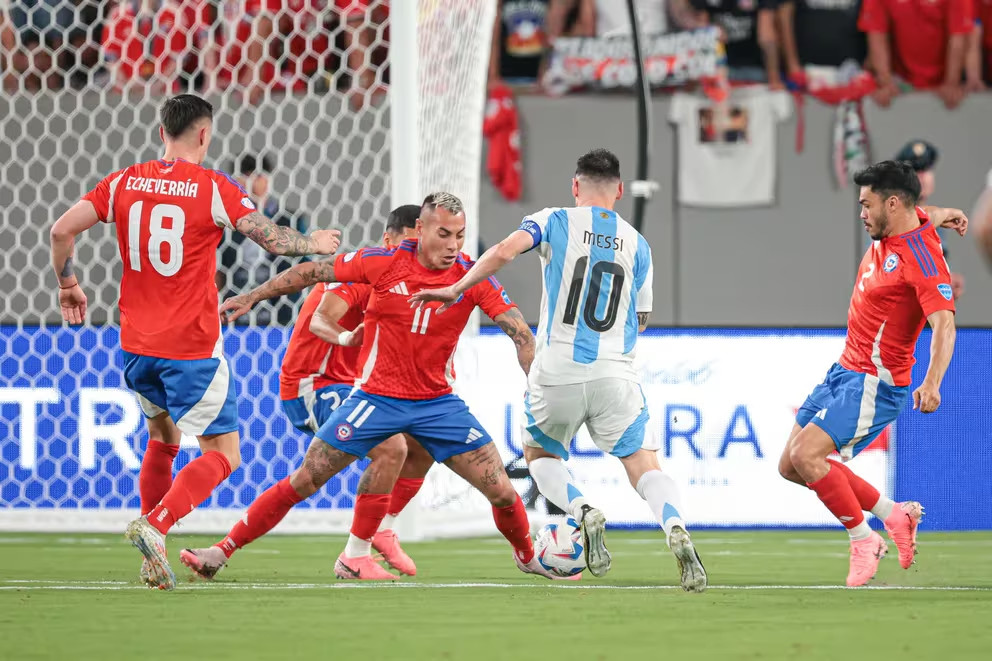
Jorge Franchella , sports doctor and cardiologist, contributed in dialogue with Infobae that, in general, “when you touch that type of muscle – as happened in the case of Messi – it is because that muscle was stretched inappropriately. When stretching, two things can happen: it contracts due to pain, since always in the body, when there is pain, the muscles try to contract to immobilize the area and stop it; or that, if a muscle is stretched in an inappropriate way, the fibers will open, which is called a tear. This tear has several levels: minimal, moderate or severe.”
“We cannot make a diagnosis of what the injury may be . It could have been an inappropriate move that caused pain, and he handled it correctly the rest of the game. That’s why maybe he didn’t exaggerate in his movements. As he also has a history of injuries for years in that area, it is possible that there are residual areas, such as fibrosis or other types of elements, which are the ones that in the long run at some times could appear and be only circumstantial and short-lived.” , postulated Franchella.
At the same time he closed: “Usually, with immediate ice and the resources of regenerative anti-inflammatory kinesiology, recovery times can be greatly shortened. Obviously, in the case of elite athletes, there are genetic and own characteristics that allow them to tolerate it.”
News
Messi break-up! Furious woman raffles off her boyfriend’s Copa America tickets and gives away his SIGNED Argentina shirt – after claiming he cheated on her with her best friend
A scorned woman has raffled her boyfriend’s Copa America tickets after he allegedly cheated on her – and even gave away his prized shirt signed by Lionel Messi. Candela Fassino decided to hit her boyfriend where it hurts the most – his love…
Mexico lost against Venezuela in the Copa América and the fans erupted with memes: “bipolar and loser”
Orbelín Pineda missed a penalty, the fans exploded against the performance of the Mexican team, they also criticized Jimmy Lozano On the second day of the Copa América , the Mexican team lost 1-0 against its counterpart from Venezuela . Although Jaime Lozano ‘s team dominated much of the match,…
Canelo Álvarez explains why he apologized to Lionel Messi after controversy at the Qatar 2022 World Cup
A year and a half after the controversy with Lionel Messi after Mexico’s defeat against Argentina in the 2022 Qatar World Cup, the boxer clarified in an interview why he publicly recanted A year and a half after the controversy…
How is Messi after the discomfort that scared everyone in Argentina’s victory against Chile: when would he play again
The captain will undergo studies in the next few hours, but there is optimism in the delegation regarding his recovery in the face of what is to come. The victory of the Argentine team against Chile meant their tenth match without losing in the Copa…
Argentina pending Messi who could miss first Copa América match since 2016
Miami (Florida), June 26 (EFE).- The Argentine team is pending the physical evolution of Leo Messi, who ended up last night with discomfort in his right adductor during the match against Chile and could miss the first Copa América match…
A qué hora juegan Uruguay vs Bolivia: duelo por fecha 2 del Grupo C de la Copa América 2024
La selección de Marcelo Bielsa buscará su segunda victoria ante la ‘verde’, que viene de caer ante Estados Unidos en su debut. Conoce los horarios de este encuentro Uruguay y Bolivia se medirán por la fecha 2 del Grupo C de la Copa América…
End of content
No more pages to load



